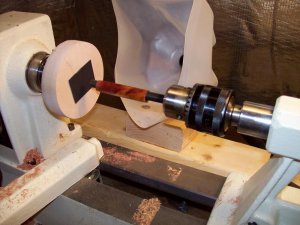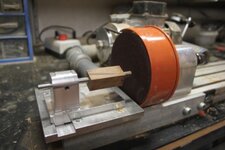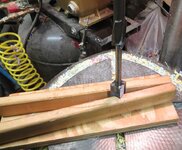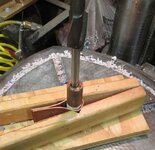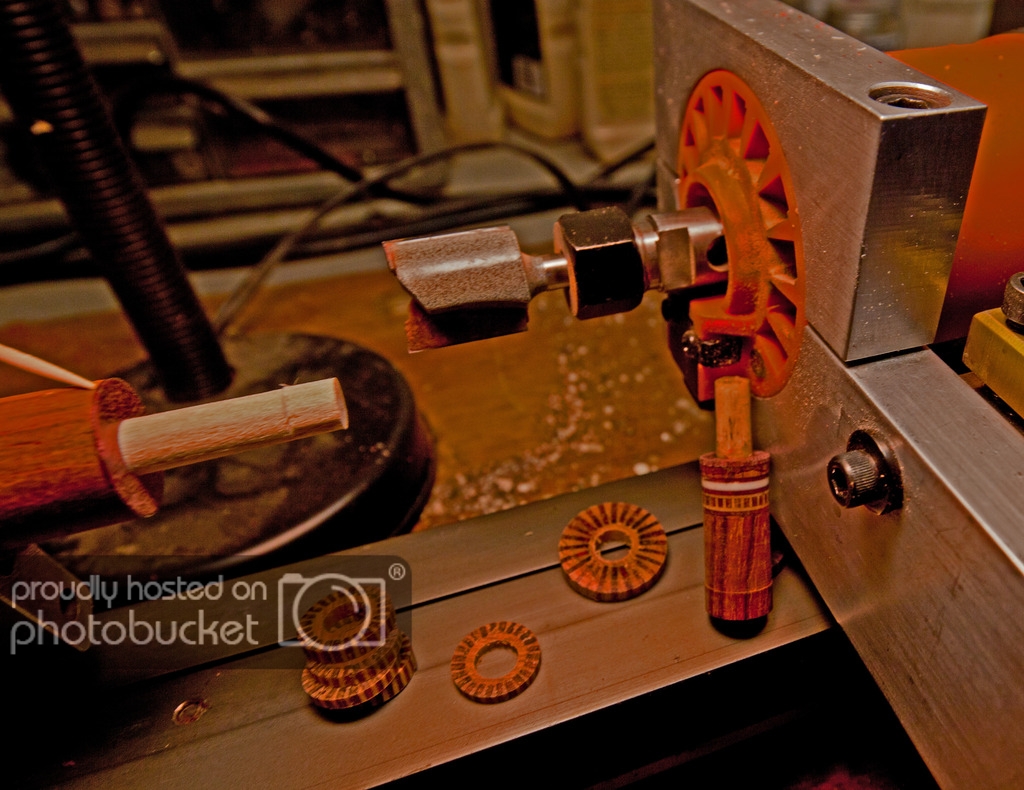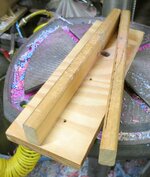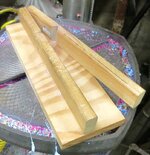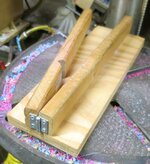wfsteadman
Member
Folks,
Do you use a pen mill to square your blanks or do you use another technique? Was planning on getting the offset sanding jig to square my blanks but looking for whatever methods others use.
Do you use a pen mill to square your blanks or do you use another technique? Was planning on getting the offset sanding jig to square my blanks but looking for whatever methods others use.

